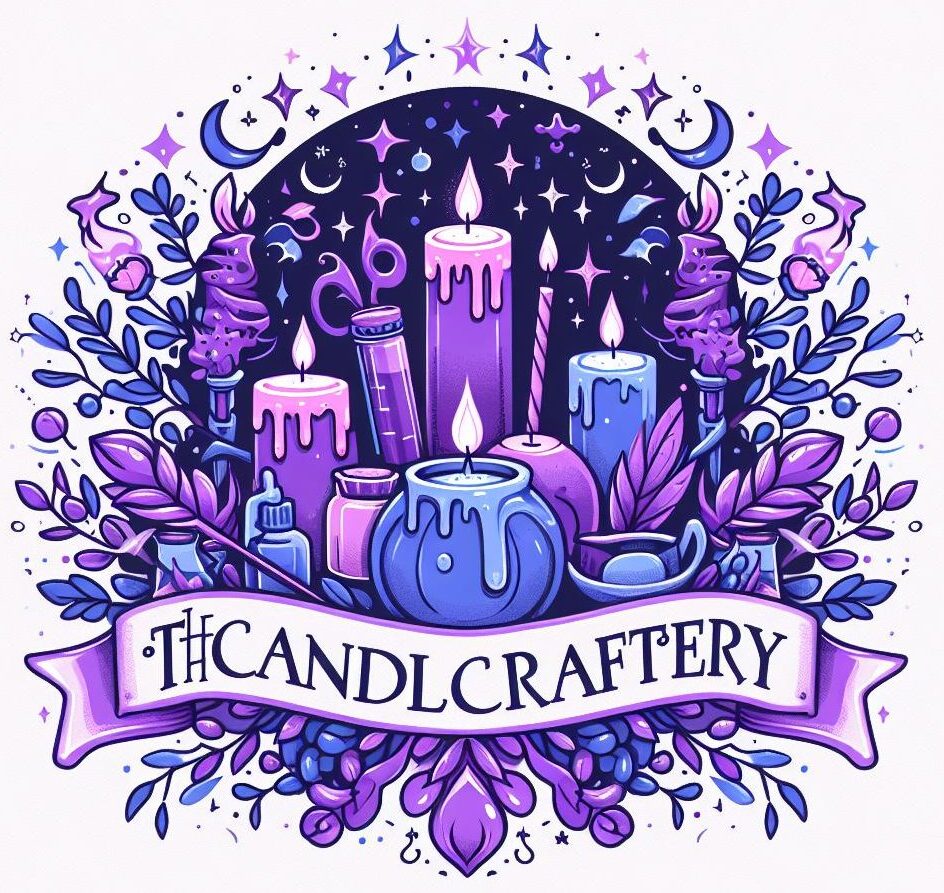You’re about to embark on a journey into the world of candle making, and I’m here to guide you through every step. Picture this: your home filled with the soft glow and soothing scents of candles you’ve created with your own two hands. Engaging in candle making isn’t just a fun pastime; it’s a path to discovering your creative side and achieving a sense of accomplishment.
Candle making is the perfect blend of art and science, a process that allows you to mix and match colors, play with fragrances, and even mold shapes that resonate with your personal style. It’s not only about making your living space more inviting; it’s about the pride you feel when you light a candle and know it’s your unique creation.
Before we jump into the nitty-gritty of making candles, let’s talk safety. It’s paramount to prep your workspace by keeping it clean, organized, and free of any flammable materials. Understand the risks, such as hot wax and open flames, and take the necessary precautions to avoid accidents. Safety goggles, aprons, and a well-ventilated area are your best friends in this craft.
Now, with the stage set for a safe and enjoyable experience, let’s look at the tools and materials you’ll need to make your first candle. Stick with me and soon you’ll have everything prepared for the magical process of turning simple ingredients into your own candle wonder.

Gathering Your Candle Making Supplies: A Checklist for Beginners
If you’re getting ready to make your first candle, equipping yourself with the right supplies is crucial. But don’t worry too much about getting everything perfect. To begin with, let’s go over some essential materials and tools you’ll need. Remember, it’s all about starting somewhere and refining your kit as you go along.
Choosing the right wax is your starting point. You might have heard about soy and paraffin waxes the most common types used. Soy wax is renowned for its eco-friendly traits and longer burn time, making it popular among environmentally conscious crafters. On the other hand, paraffin wax is praised for its strong scent throw and its lower cost. Consider what’s important to you when making your choice.
The soul of the candle lies in its wick. Cotton wicks are widely used and are great for beginners. You’re also going to need a vessel for your candle, be it a jar, teacup, or any other heat-resistant container. As for scents, essential oils or fragrance oils provide a personal touch to your creation. You can always adjust your approach down the road with different fragrances and colors.
With these essentials on your checklist, you’re set to start the exciting process of making your first candle. Now, allowing your creative instincts to guide you, you’re ready to dive into the step-by-step process of handcrafting your candle, which we will explore in the next section.
Step-By-Step Process: Crafting Your First Candle
Now, let’s tackle the actual candle making process. I’m here to guide you through each step, ensuring you end up with a beautiful, functional candle to brighten your space.
Melting the wax is your first task. You’ll need to pay close attention to technique and temperature—aim for a consistent melt between 160 and 170 degrees Fahrenheit.
Next up, setting up your wick. It’s more than just dropping it in; it needs to be secured and perfectly centered. This ensures your candle burns evenly and efficiently.
Adding fragrance and color comes after the wax is melted. If you want a candle that captures your personal scent or aesthetic, this is where creativity shines. A tip to remember: less is more when starting out with fragrances.
Pouring and cooling are the final steps before you get to light your candle. Pouring the wax slowly into your chosen container prevents air bubbles and ensures a smooth finish. The cooling process is a bit like watching paint dry, but resist the temptation to rush. It sets the stage for a well-formed candle.
You’ve reached the end of this phase, and soon you’ll be in the realm of candle care and maintenance—where your patience truly pays off in longevity and performance of your handmade candle.
Caring for Your Candle: Making it Last
You’ve transformed wax and wick into a glowing masterpiece, but the journey doesn’t end here. A well-crafted candle needs a little TLC to ensure it burns brightly and safely every time.
After your candle has completely cooled and solidified, it’s going to enter a phase called ‘curing’. Depending on the wax you chose, this could take anywhere from a few days to a couple of weeks. Curing allows the fragrance oils to bind with the wax, resulting in a superior scent throw.
Once your candle is ready to light, remember to trim the wick to about a quarter inch before each use. It’s a simple step, but it makes a world of difference, preventing soot buildup and ensuring a cleaner, brighter burn.
Store your candle in a cool, dry place away from direct sunlight when not in use to preserve its scent and color. Avoid drafty areas when lighting it, as this can cause uneven burning and reduce the candle’s lifespan.
When your candle has reached about half an inch of wax remaining, it’s time to retire it. Continuing to burn past this point can overheat the container, which is a safety hazard. But don’t be too sad – this is an opportunity to repurpose the jar and start the candle-making process all over again!
